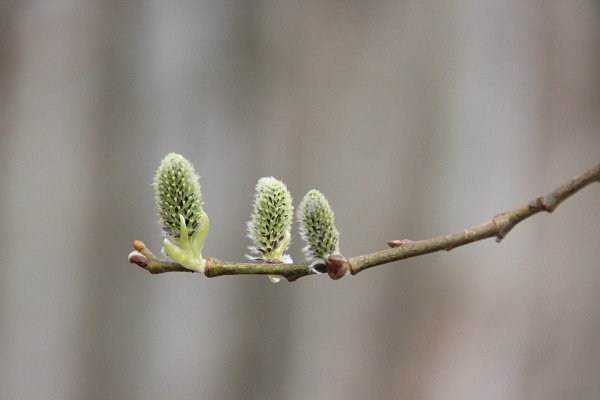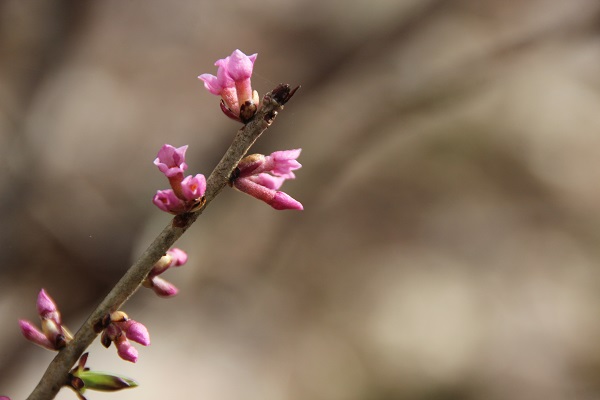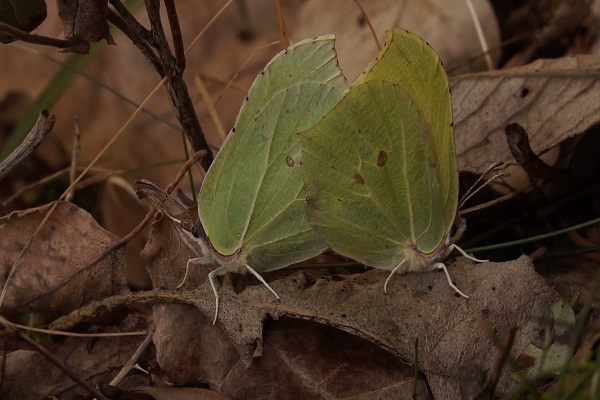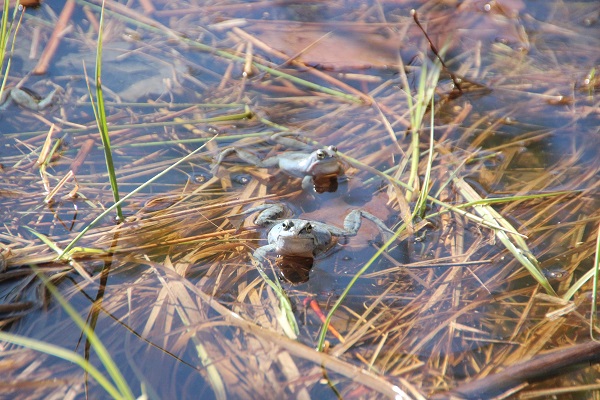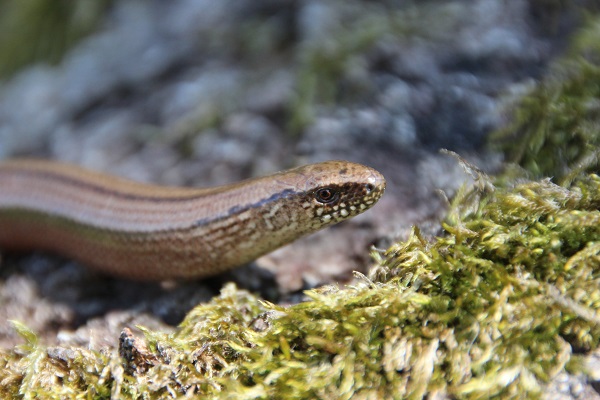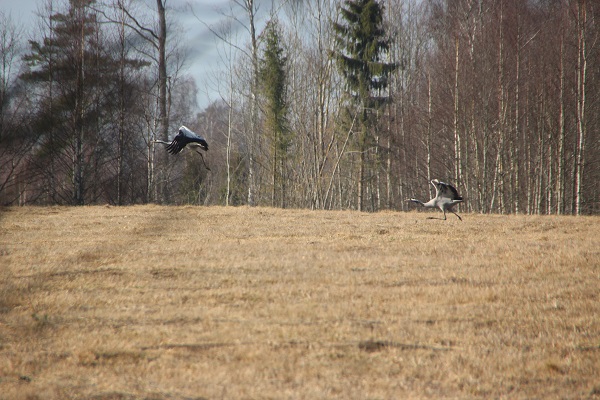April – the Month of Nature Bustle
Last winter was arriving very slowly and reluctantly, but in the end it did not want to leave us at all. Although the cool weather has delayed the circulation of birch sap, as usual, we can tap sap in April. This is a proof that this spring month has been correctly referred to as the month of juices already since the ancient times. April is also called the month of birds, the month of clean-up and the month of cleanliness.
April can also be called the month of spring flood. It is the time when the whole snow and ice mass melts, and the frozen water becomes clear again. In a short time, there is so much water that the land that is still frozen cannot absorb such quantities. Water flows to lower places and is accumulated in springs, rivers, lakes, ponds, significantly increasing their levels; it also fills ditches, glens, depressions.
April is also the month of spring awakening. Trees are budding, early flowers start opening. The coltsfoot, liverleaf and anemone are the best known spring flowers. Hazel-trees, mezereons, osiers, goat willows, aspen trees are also blooming. Since trees and bushes have not yet come into leaf and their crowns do not hold the air flow, it seems to be much windier.
In spite of the wind and frost, terrestrial and water invertebrate animals begin to wake up slowly. There are a plenty of spiders of different species to be found in places where the grass has not been burnt. Under fallen trees, you will find representatives of myriapoda and isopoda. There are many different insect larvae and, of course, adult insects to be found practically everywhere. There are ants, beetles, as well as bugs of different species, flies, mosquitoes and even butterflies. And of course - bumble-bees looking for something nice to eat.
There are more and more intervertebrates to be spotted in waters. Water-bugs that are looking for feed are the most prominent of them; there are also some common pond-skaters and waterscorpions around. There are many different insect larvae to be found in water, and most of them are descendants of terrestrial insects. In overgrown areas, you will come across water snails feeding slowly, as well as a couple of leeches.
It is because of rising water temperatures and the increasing amount of feed. In April, the wintering season ends for fish, and they move from deeper places to the coast and begin to feed more intensively. Pikes come together in shallow, sunny shores; they wait until the temperature reaches about 6 degrees and start spawning.
The vast majority of amphibians living in Latvia spend winter on land. In spring, when they have warmed up a bit, they rush to their annual spawning places. All these amphibians reproduce in water bodies with standing or slowly running water. Early in April, common toads, common frogs and moor frogs are the first to come to waters, followed by tritons and pool frogs. In the second half of the month, also common tree frogs start waking up, and soon male animals will be heard all over.
Cold-resistant reptiles such as the common lizard, slow-worm, viper, grass-snake leave their wintering sites in April. Initially, they can be noticed relatively rarely, usually in warmer days, because in bad weather these animals stay in various temporary hiding places.
Spring is the time when migratory birds return home to Latvia. People will definitely notice lark songs and formations of the classical migratory birds such as geese, cranes, swans; here and there one will spot common starlings, common blackbird, some peewits. The most intense return of white storks takes place in April. As usually, older storks are to return first, and only then the young birds. Nests are first occupied by male birds, and they are joined by female birds a couple of days later. These species are the most visible part of bird migration.
In spring, we welcome the return of migratory birds; however, there is also a number of migratory animals, such as part of the bats that do not winter in their homeland. Flying mammals who spent winter here are about to wake up any moment now. Their activity is promoted by a significant increase in the number of flying insects. The number of insects on the ground is sufficient also for hedgehogs to wake up.
April is the mating season for squirrels, while the mating season of otters that started in March comes to an end. Females of several mammalian species are pregnant and are getting ready for labour. Badgers, ermines and a number of rodent species will give birth this month. Hares that did not have babies in March will have them now. Wild boar babies will also be born in April.

